Rising Demand for Biofuels
The Methyl Oleate Market is experiencing a notable increase in demand for biofuels, driven by the global shift towards renewable energy sources. Methyl oleate, derived from natural oils, serves as a promising biodiesel feedstock. As governments and organizations prioritize sustainability, the biofuel sector is projected to grow significantly. According to recent data, the biofuel market is expected to expand at a compound annual growth rate (CAGR) of over 10% in the coming years. This trend is likely to bolster the Methyl Oleate Market, as manufacturers seek to meet the rising demand for eco-friendly fuel alternatives. Furthermore, the increasing awareness of climate change and the need for cleaner energy solutions are propelling investments in biofuel technologies, thereby enhancing the market potential for methyl oleate.
Growth in Personal Care Products
The Methyl Oleate Market is witnessing substantial growth due to the rising popularity of personal care products. Methyl oleate is utilized as an emollient and skin-conditioning agent in various cosmetics and skincare formulations. The Methyl Oleate Market is projected to reach USD 500 billion by 2025, with a significant portion attributed to natural and organic products. This trend aligns with consumer preferences for sustainable and environmentally friendly ingredients, positioning methyl oleate as a favorable choice for manufacturers. Additionally, the increasing focus on skin health and wellness is likely to drive the demand for personal care products containing methyl oleate, further contributing to the expansion of the Methyl Oleate Market. As consumers become more discerning about product ingredients, the market for methyl oleate is expected to flourish.
Industrial Applications Expansion
The Methyl Oleate Market is benefiting from the expansion of industrial applications, particularly in lubricants and surfactants. Methyl oleate is recognized for its excellent lubricating properties, making it suitable for various industrial processes. The Methyl Oleate Market is anticipated to grow at a CAGR of approximately 4% over the next few years, driven by the increasing demand from automotive and manufacturing sectors. This growth is likely to enhance the Methyl Oleate Market, as manufacturers seek high-performance lubricants that are also environmentally friendly. Moreover, the versatility of methyl oleate as a surfactant in cleaning products and agricultural applications further broadens its market appeal. As industries continue to prioritize sustainability and performance, the demand for methyl oleate in industrial applications is expected to rise.
Advancements in Chemical Synthesis
The Methyl Oleate Market is poised for growth due to advancements in chemical synthesis techniques. Innovations in production methods, such as enzymatic synthesis and green chemistry approaches, are enhancing the efficiency and sustainability of methyl oleate production. These advancements not only reduce production costs but also minimize environmental impact, aligning with the increasing regulatory pressures for sustainable manufacturing practices. As a result, the Methyl Oleate Market is likely to attract investments aimed at improving production technologies. Furthermore, the development of new applications for methyl oleate in various sectors, including pharmaceuticals and food additives, could further stimulate market growth. The ongoing research and development efforts in chemical synthesis are expected to play a crucial role in shaping the future of the methyl oleate market.
Increasing Awareness of Health Benefits
The Methyl Oleate Market is experiencing a surge in interest due to the increasing awareness of health benefits associated with methyl oleate. As consumers become more health-conscious, there is a growing demand for natural and healthy food ingredients. Methyl oleate, known for its potential health benefits, is being explored for its applications in functional foods and dietary supplements. The Methyl Oleate Market is projected to grow significantly, potentially reaching USD 300 billion by 2025. This trend is likely to drive the Methyl Oleate Market, as food manufacturers seek to incorporate beneficial ingredients into their products. Additionally, the rising trend of clean label products is encouraging the use of methyl oleate as a natural alternative to synthetic additives, further enhancing its market potential.


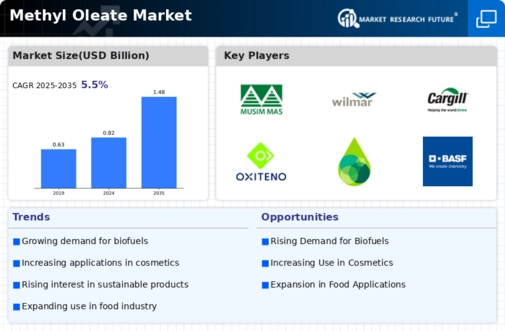
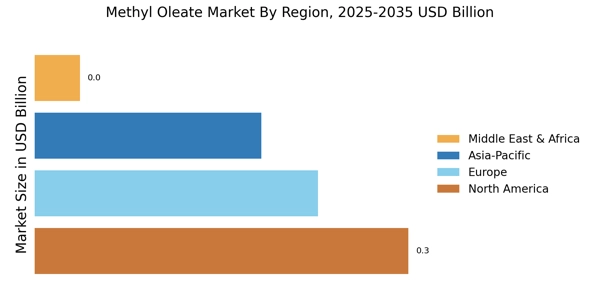

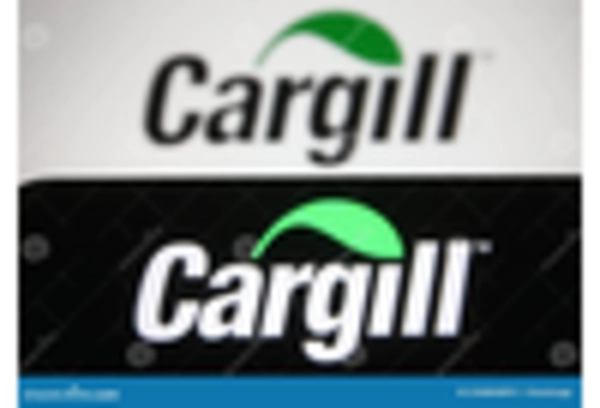
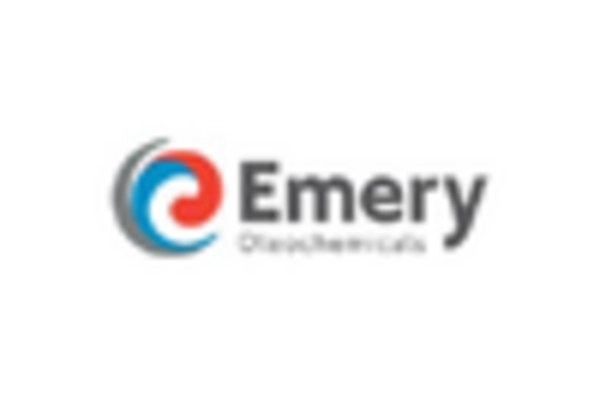


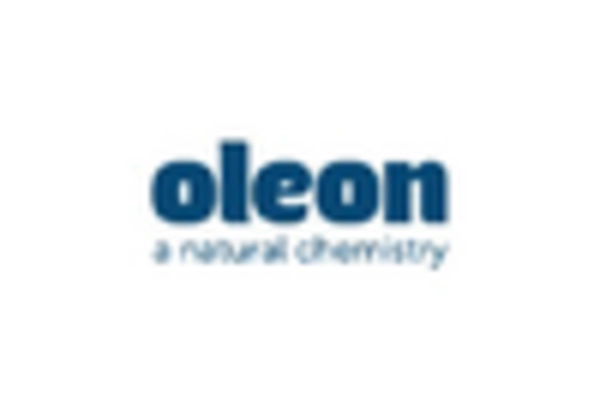








Leave a Comment